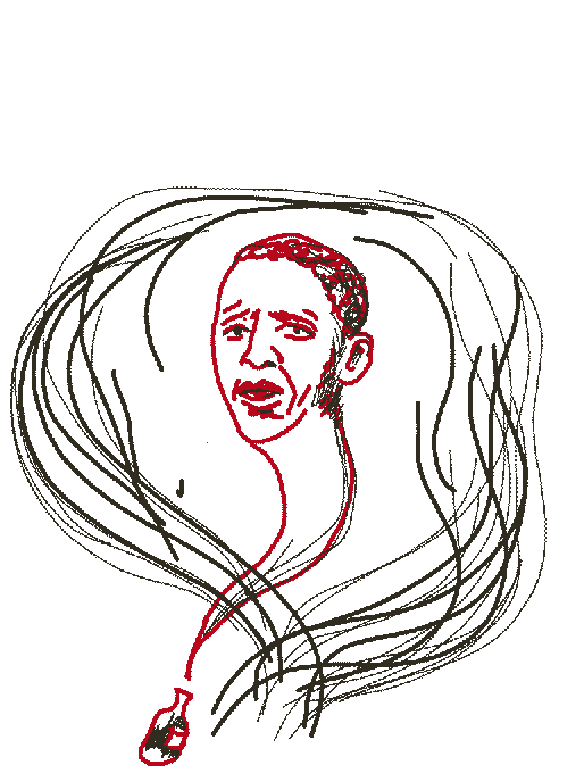Several Democratic presidential contenders made their way to New York City this week to speak at Rev. Al Sharpton’s National Action Network convention.
That so many 2020 hopefuls are attending a prominent gathering of black activists should come as no surprise: Black voters are the base of the Democratic Party and hold major sway in the primary.
Black voters make up about 20% of all Democratic voters, according to 2016 primary exit polls and 2018 data from the Pew Research Center. To put that in perspective, about the same percentage of Democrats identified themselves as “very liberal” in the average 2016 primary with an exit poll as the percentage of Democrats who said they were black. Additionally, just slightly more Democrats are whites with a college degree than are black, per the Pew Research Center.
In other words, black voters make up about the same part of the Democratic Party as two parts that a lot of analysts like to hype for their growing power (college-educated white voters and very liberal voters).
Unlike college-educated whites and very liberal Democrats, black voters have consistently been a large portion of the Democratic base. If you look back at the 1980 election, for example, black voters made up about 20% of Democrat Jimmy Carter’s vote. In 2000, they were about 20% of Democrat Al Gore’s base of support against George W. Bush.
But, more than just being a group of voters, black voters have often voted in blocs in presidential primaries. That is, black voters have voted very similarly to one another in recent competitive contests. Hillary Clinton won about 80% of the black vote in the 2016 primary. Barack Obama won about 80% of it in the 2008 primary. Although neither the 2004 or 2000 primary season went on for any extended length to fully grasp how all black Democrats felt, John Kerry and Al Gore both dominated the black vote in early contests and did better than they did with white voters. Bill Clinton won about 70% of the black vote in 1992. Jesse Jackson won over 75% of the black vote in both his 1984 and 1988 bids.
To give you a comparison of how unusual it is for such a large portion to vote as a bloc, look at college-educated white and very liberal voters. Hillary Clinton lost the median caucus or primary with an entrance or exit poll by 4 among very liberal Democrats. She won college educated whites by only 6 points in the median contest.
Voting as a bloc means that a group can be decisive. That’s exactly what happened in the last two primaries. Bernie Sanders was neck-and-neck with Clinton among non-black voters in 2016. Clinton’s large margin with African-Americans gave her an easy win overall. The shoe was on the other foot for Clinton in 2008. She easily defeated Obama among white and Latino voters. Obama’s large win with black voters gave him just enough votes to beat Clinton overall.
We obviously don’t know how black voters will decide in 2020, though early indicators are that no candidate has a Clinton or Obama-like edge with them. Indeed, black voters have a lot of diversity in their ranks, so it could be the case that they don’t vote as a bloc this year. Still, in a divided primary, no candidates can afford to leave any group off the table. They certainly don’t want to suffer a defeat like Sanders did with black voters in 2016.
Of course, if a candidate did catch fire with black voters, it could prove to be invaluable. That’s partially about how many black voters there are in the electorate, but also about when the states with the highest percentage of black voters in them cast ballots.
Let’s say a candidate struggles in Iowa and New Hampshire. If they are doing particularly well with black voters, they might be able to count on South Carolina as a backstop. The vast majority of Democrats in the state are black, and Clinton used this to her advantage when she lost New Hampshire and barely beat Sanders in Iowa and Nevada. She crushed Sanders in the South Carolina primary in 2016 and never really looked back.
Black voters can help form a cloak of inevitability around a candidacy as well. Many southern states vote in the same month, and many have large black populations. Clinton in March 2016 and Obama in February 2008 were able to accumulate large delegate leads because of this. It’s difficult to stop a candidate when they have a significant delegate advantage.
Now, doing well with black voters is not a guarantee of primary success. Although most recent nominees won a substantial majority of the black vote, neither Walter Mondale in 1984 nor Michael Dukakis in 1988 did.
But even if the eventual Democratic nominee doesn’t win the black vote, they will still need black voters to vote heavily for them in the general election. Had Clinton been able to maintain Obama like levels of support and turnout, she probably would have barely won the Electoral College in 2016. Given Obama was the first black major party nominee, Clinton may have faced an impossible task in their regard.
The lesson, though, is clear: Black voters are a key part of the Democratic Party in the primary and general election. Democratic candidates are wise to reach out to them on many platforms and in many forums.






